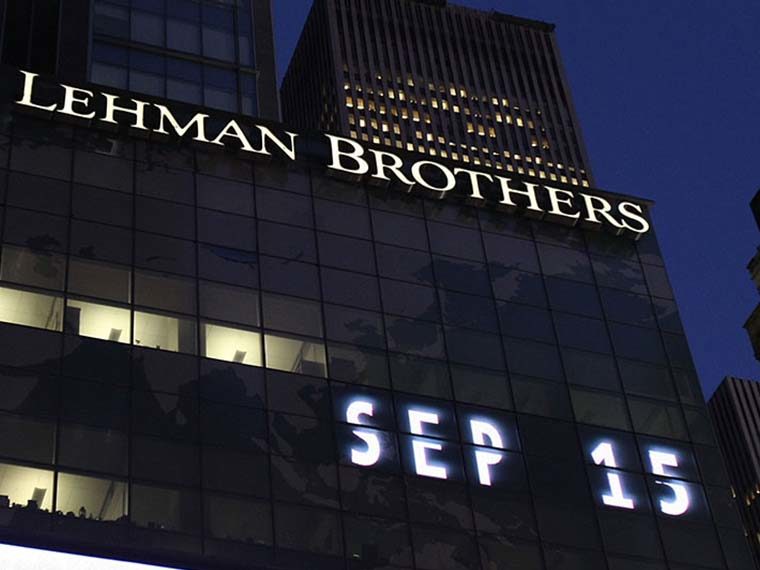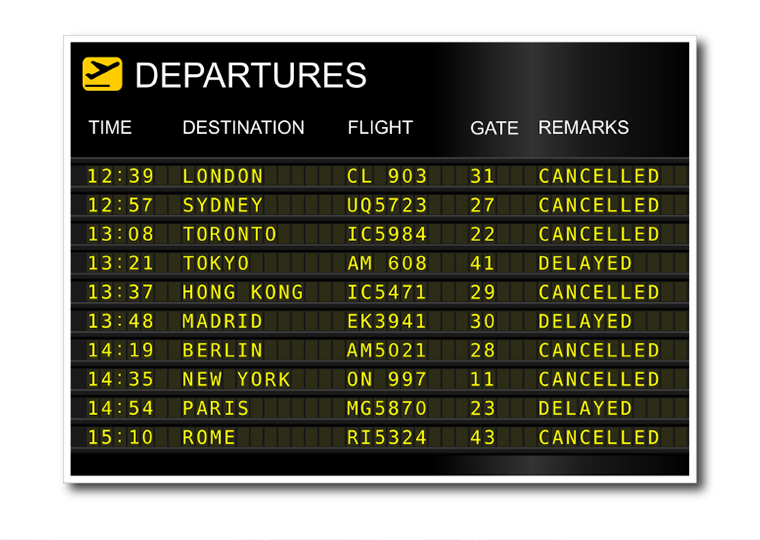Patent histories show entrepreneurs focused on exit strategy
As a culture, we celebrate the startups that develop or popularize breakthrough technology platforms — Google, Apple, Facebook and Amazon, for instance — and go on to dominate their industries. But many more hundreds of companies are launched and then quickly acquired, often by one of these giants, to fill in a technology gap, expand a market or otherwise further growth.
UCLA Anderson’s Xinxin Wang built a database of entrepreneurs and their patents to study the relationship between acquisition markets and startups’ decision-making. Specifically, she focuses on how the market structure of potential acquirers affects the propensity of inventors to enter into entrepreneurship and the subsequent innovation choices they make.
Her data, in a working paper, suggests that entrepreneurs entering these markets knowingly develop technology that aligns with the needs of major players, making their startups more natural acquisitions candidates. This is particularly true in concentrated markets where incumbent acquirers value innovation more because they can effectively appropriate the benefits of innovation and scale.
“Entrepreneurs cater to and engage in proximal innovations in order to present themselves as attractive acquisition targets, demonstrating the role that technological synergies play in acquisitions,” Wang says in the paper.
Wang utilizes data on startups and entrepreneurs from Crunchbase, a robust online source of startup activity and financing. She augments this with patent data from U.S. Patent and Trademark Office and employment data from LinkedIn. The resulting dataset consists of more than 1,900 entrepreneurs who launched firms between 1980 and 2010 for whom she can observe complete patent and employment histories (pre- and post- startup).
The paper focuses on high-technology firms due to their outsized impact on innovation and economic growth. Consistent with this, the entrepreneurs in Wang’s database produced an average of more than eight patents compared with the overall average of 1.4 patents per inventor over the studied period. The majority of startups are concentrated in metro areas including Silicon Valley, Boston/Cambridge, Los Angeles/San Diego and New York City.
Wang employs two measures of technological overlap to measure the extent to which entrepreneurs are catering to potential acquirers. First, she looks at the similarity of acquirers’ and entrepreneurs’ patent portfolios in terms of the area of technology, or “technology classes,” they address. Second, she constructs a measure of mutual citations, “which shows the extent to which a firm’s patent portfolio is directly cited by another firm.” Both measures capture the potential of a startup’s innovations for an acquirer.
Wang finds that, when facing acquirers in a more concentrated (less competitive) market, entrepreneurs engage in higher-quality innovation, measured as the number of citations per patent. Moreover, entrepreneurs were more likely to cater, as the patent portfolios of entrepreneurs overlap those of the potential acquirers more in monopolistic markets than in competitive markets.
This highlights the key economic idea that reductions in competition allow firms to appropriate the benefits from innovation. “The possibility of an acquisition further amplifies this potential gain from innovation since the merged entity can apply the innovation to the entire product line,” Wang writes.
Launching a startup to develop a niche technology to sell to an industry giant, as Wang notes, likely comes at the cost of focusing on “breakthrough innovation.”
Featured Faculty
-
Xinxin Wang
Assistant Professor of Finance
About the Research
Wang, X. (2018). Catering Innovation: Entrepreneurship and the Acquisition Market.




